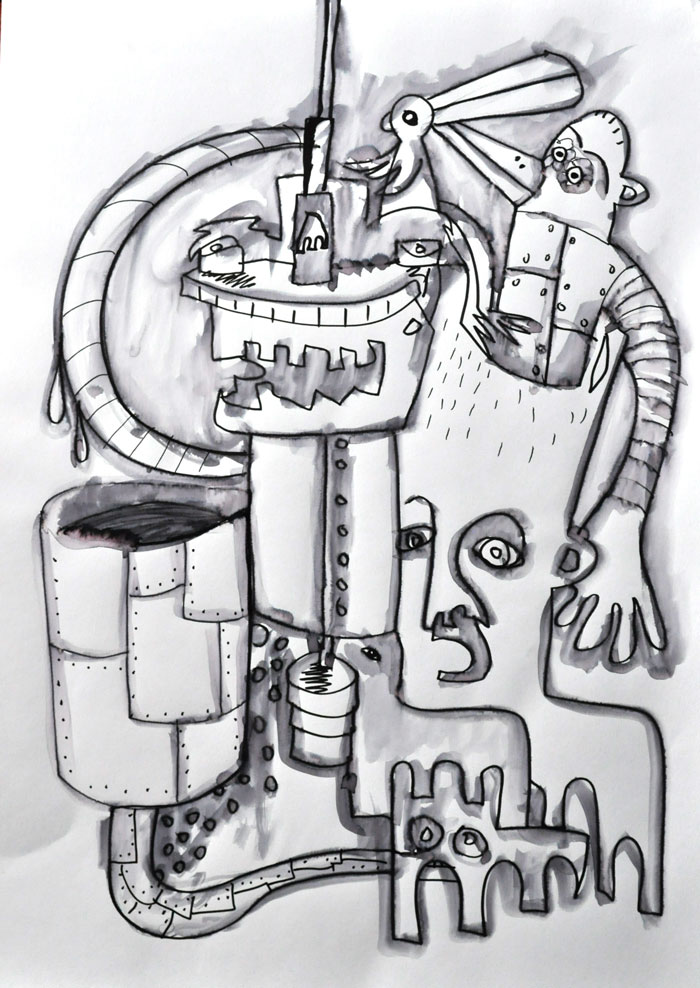PhillipM wrote: ↑07 May 2018, 18:40
So long as you completely ignore the fact that:
a) the rings are tensioned against the walls by the gas pressure, not just the installation pressure and
b) the piston side thrust is taken by a very large pad with decent oil film thickness and where the side thrust is highest also has the highest velocity, so they're mainly in full hydrodynamic lubrication, and hence very little friction comparitively.
Nothing completely scramble, as you try to suggest it. The rings also rub like a piston going up and there is no pressure .. Minimum can be greater as there is a stroke of work.
In the case of the connecting rod and the crankshaft taken by a very large pad with decent oil film thickness, so there is almost no friction .. So that the engine works almost without friction .. and the forces of inertia are probably omitted ...
On another forum about these rings
"Greg Locock, on 07 May 2018 - 09:51, said:
Go out to the garage. Take the head off an engine. Turn it over with a torque wrench. Take the piston rings out. spin it over with your hand. Measure the torque. Get back to us.
I thought you'd actually worked on engines?
Greg Locock, on 07 May 2018 - 10:54, said:
Or even more simply, drop a piston without rings through the cylinder, then try and push just one ring down the cylinder.
To be fair neither of these shows the inertia and combustion related loads on the skirt, "
You defend a lost case ... well in the next post you have a little thought ...
Yes, the piston in the cylinder itself, without the rings, if it is cold, it is not well-matched at all ... it's the stone you put into the hole ...
But if you heat it up from the temperature at which it works, it's not so easy ... it has a strong resistance ... I did it as I matched the pistons manually with a file, a cylinder ...
Now, if you put on rings, then only seemingly this strength increases ... it's a lot of strength at the start, because then it slides lightly and you can even push it out of the cylinder without caution ... It's just the moment you start, which is really big ... but then no longer ... Yes or no, all these activities are done calmly hands, that is, they are not bigger than a few pounds of strength .. ..
But as you have noticed in the conclusion of the second post, the power while running the engine with combustion, as well as without it, at high speed, coming from the forces of inertia, is already a completely different dimension ..
Let's say that the piston has a diameter of 80 mm, i.e. its surface is 50 cm square. The combustion power which produces pressure of about 50 kg / cm2 is on this surface. The total power is 50 x 50 = 2500 KG. this is 2, 5 TONS of pressure on the piston .. if we take the lateral part of this force, (pressing on the cylinder) even if we take these 15%, it will be a force with a piston with a cylinder of about 375 kG, which is many times more, than you can do it with your hand when pushing the rings ...
And getting rid of it has a significant impact on the real efficiency of the engine ..

Therefore, as you "overheat" the engine for high revolutions, in 2 seconds, its speed again drops to small ..
Andrew

come with me ..







